Fundamentals of Table Expressions, Part 11 – Views, Modification Considerations
SQL Performance
SEPTEMBER 8, 2021
This article is the eleventh part in a series about table expressions. In Part 9 I compared views to derived tables and CTEs, and in Part 10 I discussed DDL changes and the implications of using SELECT * in the view’s inner query. In this article, I focus on modification considerations. Sample Data. FastOrders.




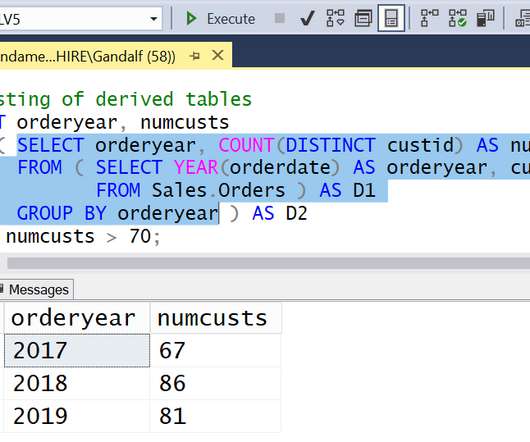



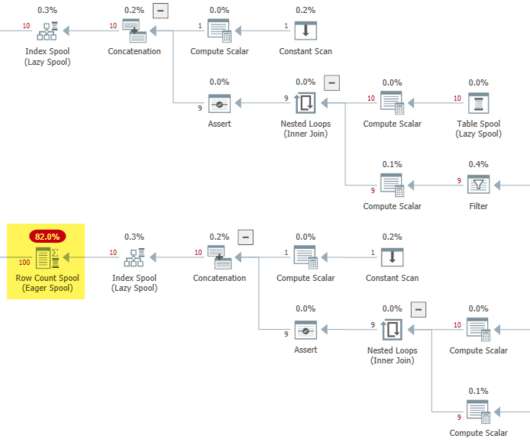

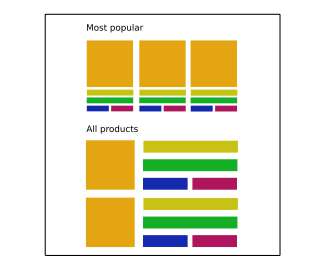

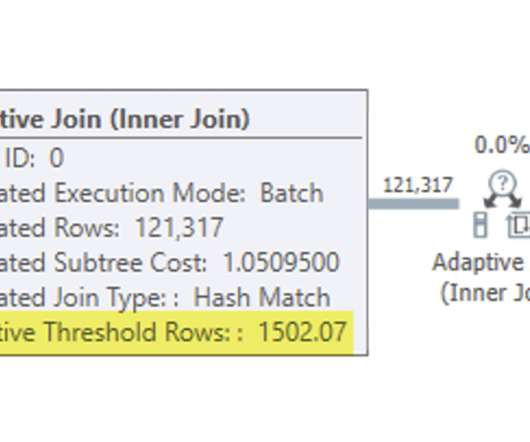
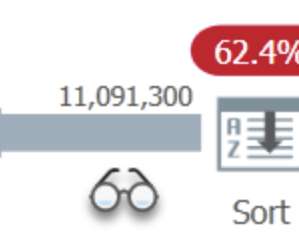















Let's personalize your content